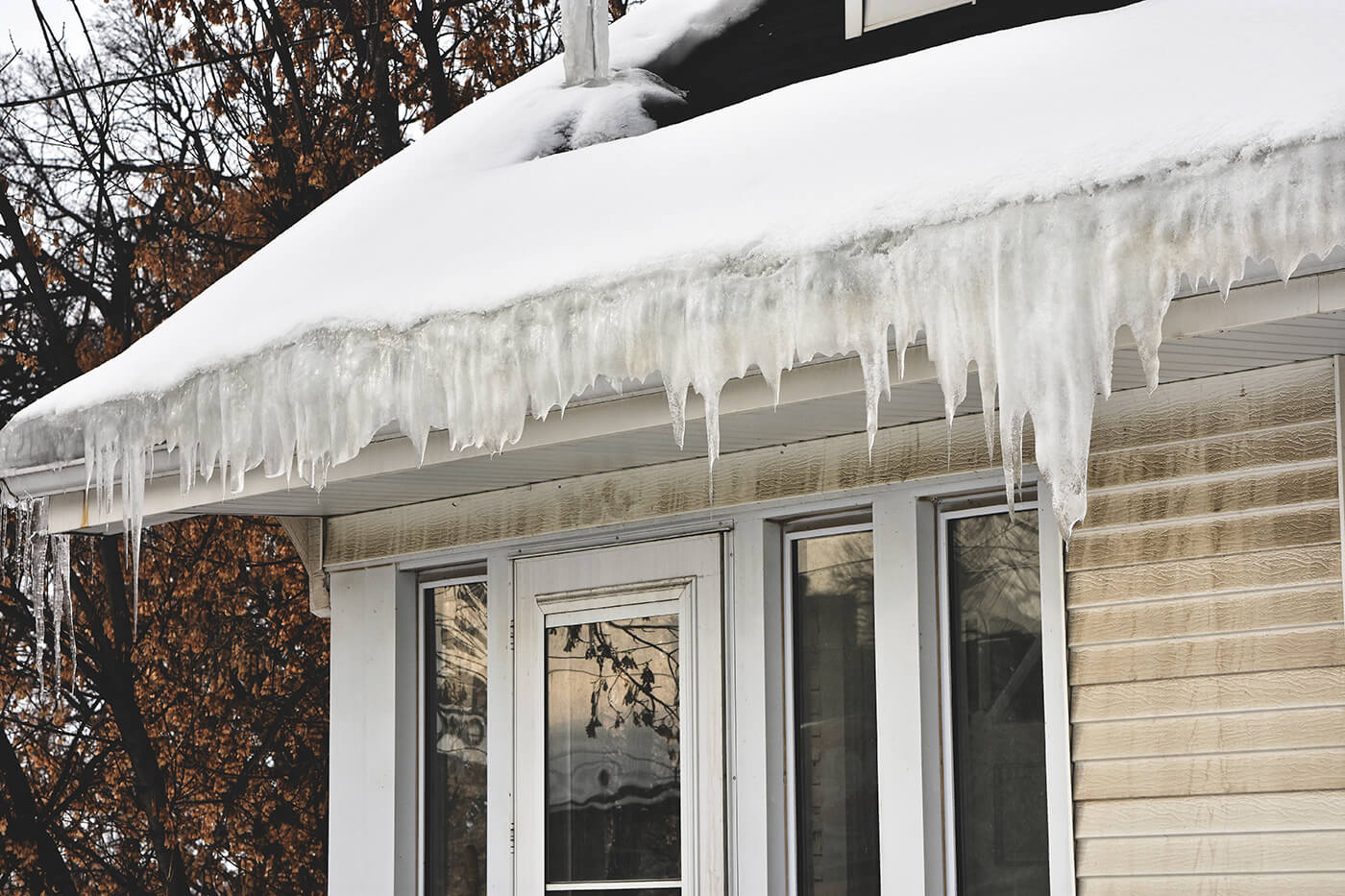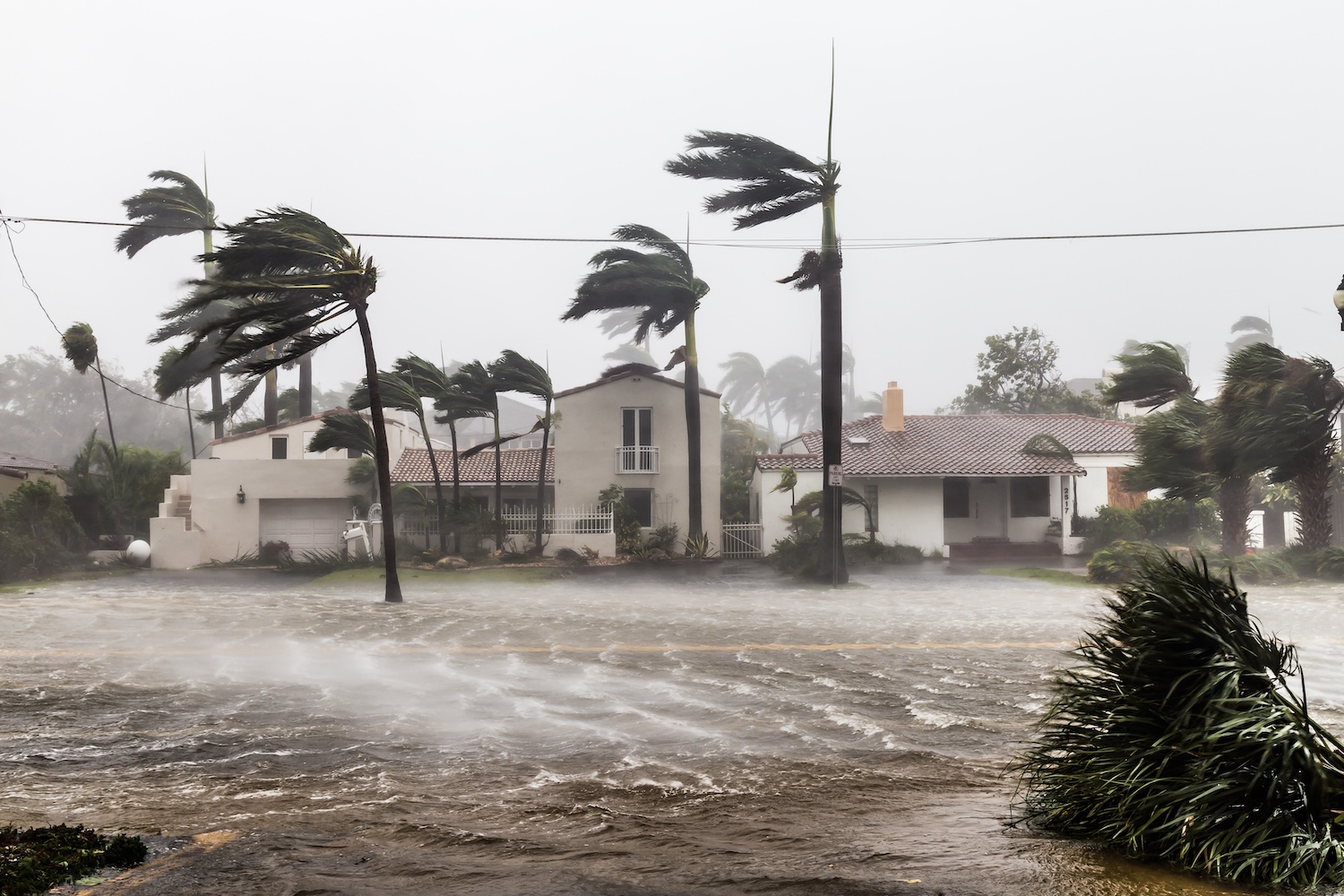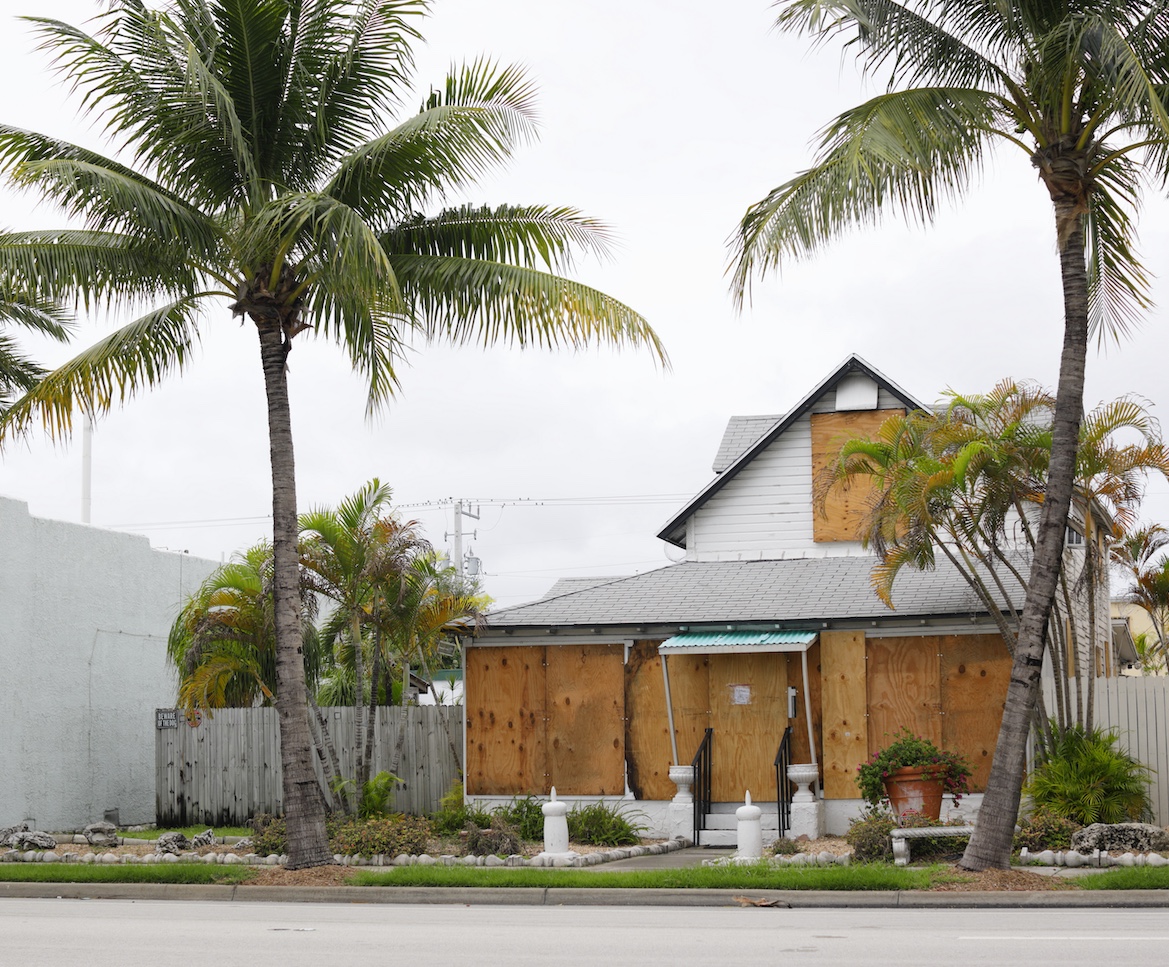Flooding can wreak havoc on your home, and the actions you take afterward are crucial for a smooth recovery. A solid plan will help reduce damage and keep you safe, whether a minor leak or a significant flood. In the aftermath, acting quickly to address mold growth, structural risks, and moisture buildup is a must. Taking these steps early on can make a huge difference in protecting your home and returning to normal as soon as possible.
Safety First
If your home is severely flooded, evacuate immediately. Only return when officials say it’s safe. Before anything else, make sure your home is safe to enter. Ensure your home’s electricity, water, and gas are turned off. Do not attempt to turn these utilities on until a professional inspects them. Be cautious of structural damage, gas leaks, or electrical hazards. There’s a risk of electrocution if electrical systems have been compromised.
Flood Damage
Once the water has been cleared, inspect your home for structural damage. Flooding can weaken walls, floors, and foundations. Look for cracks, warping, or buckling in floors and ceilings, and contact a professional contractor if you notice any concerning signs.
Document the Damage
Before you start any cleanup efforts, it’s crucial to document the damage. Take detailed photos and videos of the affected areas. This documentation will be essential when filing an insurance claim. Be sure to capture images of damaged belongings, floors, walls, and appliances. Making a list of affected items will also assist your claims process.
Contact Your Insurance Company
As soon as you can, notify your insurance provider about the flood. They can guide you on what documentation is needed and may recommend water damage professionals. It’s important to keep records of your communications and follow their instructions to help maximize your claim.
Your Cleanup Plan
Mold can begin growing within 24 to 48 hours after a flood. The longer the water sits, the worse the damage becomes, so it’s essential to dry the area quickly. Your flood cleanup plan will depend on the severity of the damage.
Severe Flood Damage
Severe flooding usually requires the expertise of flood restoration or mold remediation professionals. These floodwaters often contain hazardous chemicals or sewage, contaminating furniture, carpets, and other belongings. Companies like Pur360 can ensure your home is safely restored and address any hidden damage that might not be visible.
Minor Flood Damage
If the flood damage is minor, you might be able to handle the cleanup process yourself. Use a wet/dry vacuum, mop, or towels to soak up excess water. After the water is removed, dehumidifiers and fans should be used to promote airflow and reduce moisture.
Clean all affected areas with a disinfectant to prevent bacteria and mold growth. Thoroughly disinfect surfaces in areas like kitchens and bathrooms. Pay special attention to baseboards, flooring, and walls. Dispose of porous materials that can’t be effectively sanitized.
Flooding requires immediate action to prevent long-term damage. Even after a minor flood, monitoring your home for mold in the coming weeks is important. Over time, water can weaken materials like drywall or wood. Regularly inspect the flooded area for signs of warping, cracking, or mold growth. If you notice any signs of mold, act quickly by calling a professional.
After a flood, Pur360 can help restore your home by addressing water damage and preventing mold growth. Our team will help you get back to a safe and healthy living environment while minimizing long-term damage to your property.



